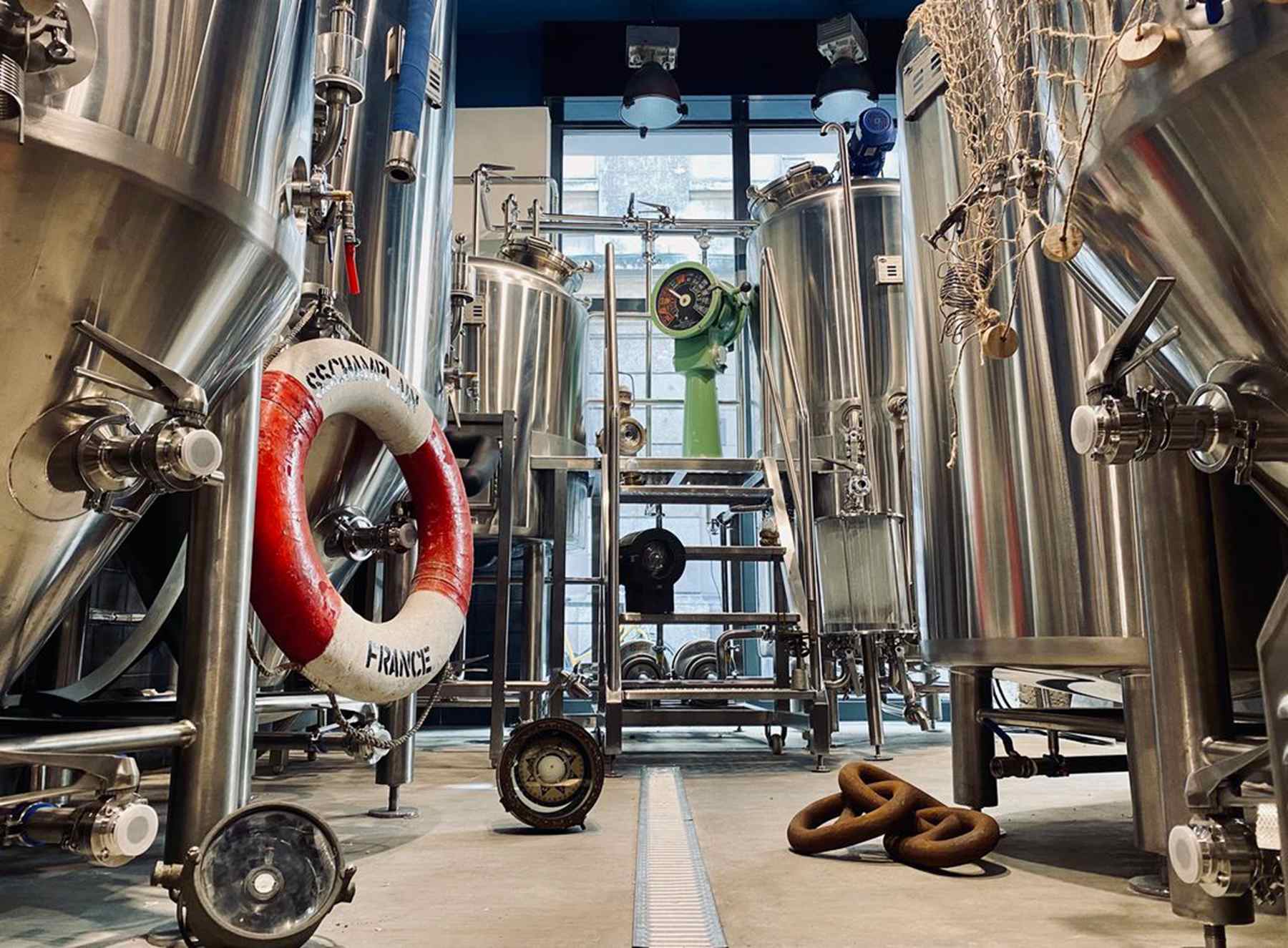
Yeast has been known and loved by humans since ancient times and has always been an important raw material for baking, brewing, and brewing. During fermentation, yeast cells convert grain-derived sugars into ethanol and carbon dioxide. At the same time, hundreds of secondary metabolites are produced, affecting the aroma and taste of beer. Differences in these metabolites between different yeast strains allow the yeast to influence beer flavor.
In beer, yeast plays different roles depending on the process. In bread, the yeast is exposed to air, trapped in the dough and baked. In beer, yeast is added to a grain liquid, which may also contain fruit and other additives, and is usually kept in an airtight container. In fact, if you add yeast before boiling, you kill the yeast and it won't ferment for you. Remember, it's alive and we want to keep it alive for as long as possible.
Yeast also helps classify beer styles. Brewers choose yeast based on the recipe or style of beer they want to brew. The yeast was identified as ale yeast or brewer's yeast. Ale yeast is a top-fermenting strain that works best at higher temperatures, while lager yeast is a bottom-fermenting strain that works best at lower temperatures.
Due to temperature differences, each yeast strain produces different flavor and aroma characteristics, creating different beer styles. Yeast, combined with different fermentation processes and ingredients, can also bring fruity and other flavor characteristics to beer.
Yeast is also an ingredient that is sometimes considered a “secret” ingredient but is crucial to the aromatic character of beer and wine. By acting on acidity or producing antioxidants, yeast can improve the smoothness of some white wines and even prevent them from turning brown.
Yeast produces aromatic compounds that influence the flavor of wine. When they ferment, these yeasts produce alcohol, but they also produce what are called "fermentation aromas," which bring out floral and fruity aromas, such as rose, banana, or peach.
Brewers decide which yeast strain they want based on flocculation, flavor and aroma characteristics. Don’t be afraid to try various types of commercial brewing yeast, add some wild yeast to some sour beers, or even put bacteria into the wort to get some wild flavor. As long as you have some yeast, you'll get some beer. It depends on what type of beer you want.
Still have a problem on choosing the brewery equipment? We can help with your final decision. If you are looking for a turnkey solution for craft beer brewing system, please contact us. We are looking forward to working with you. Send an email now: [email protected]


.jpg)





Get A Quote